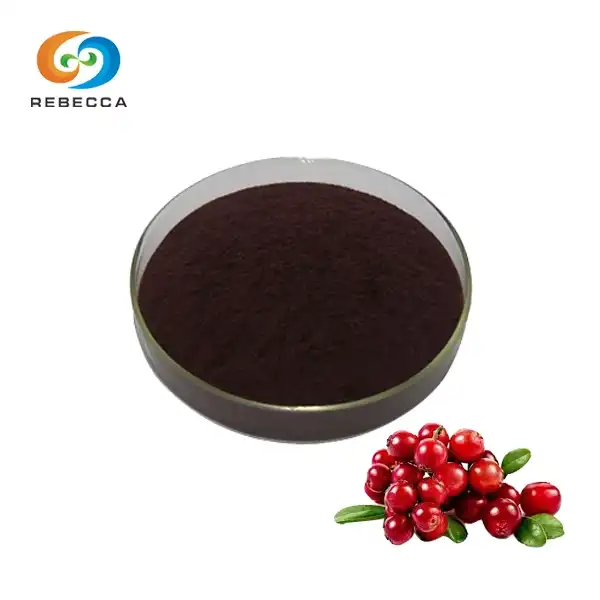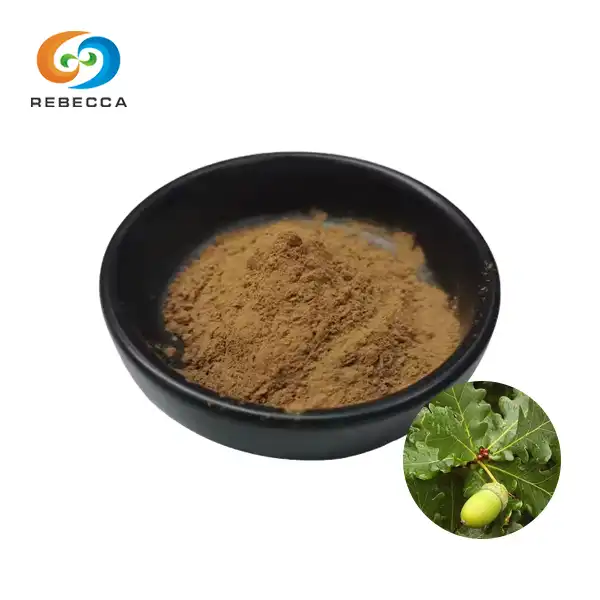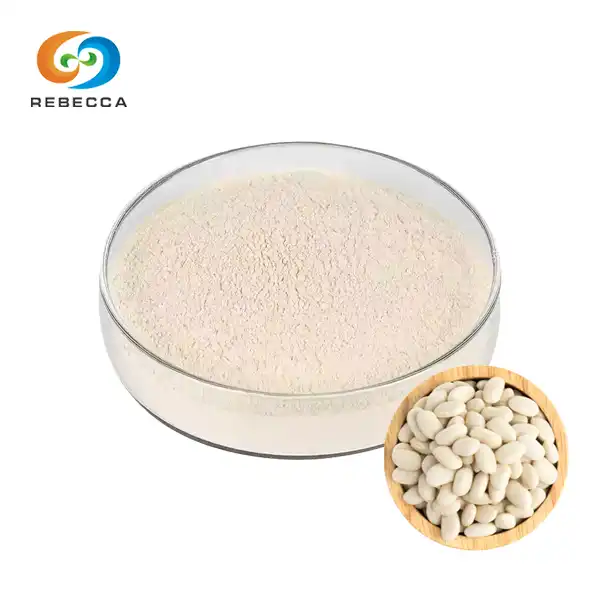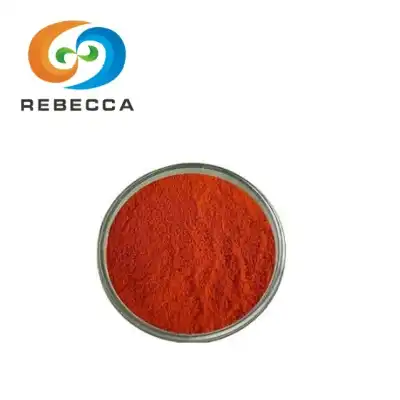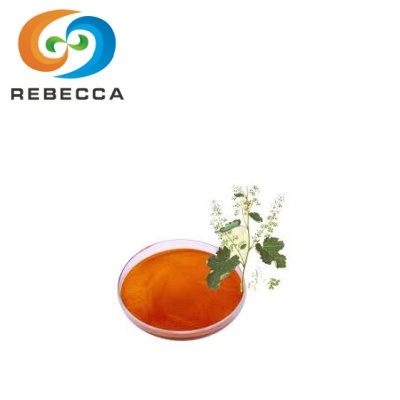Where does yeast beta glucan come from?
yeast beta glucan powder, a powerful immune-boosting compound, has gained significant attention in recent years for its potential health benefits. But have you ever wondered about its origins? In this comprehensive guide, we'll explore the fascinating world of yeast beta glucan, from its biological roots to the intricate extraction processes that bring this remarkable substance to your health regimen.
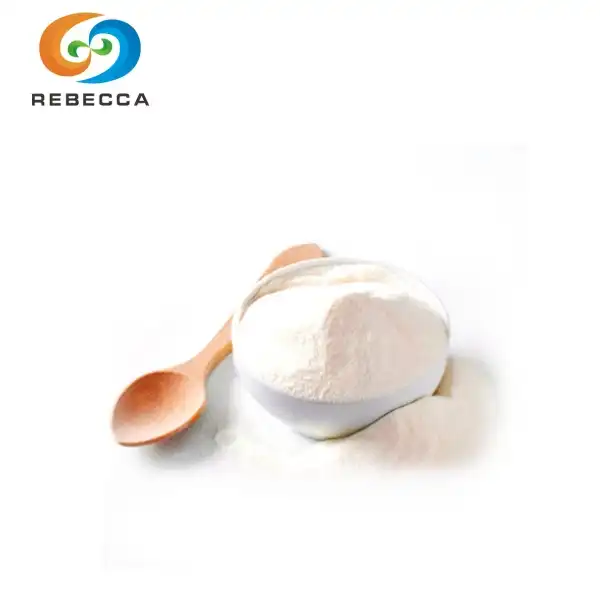
Yeast Beta Glucan Powder
【English name】: Yeast Beta Glucan Powder
【Other name】: Beta-(1,3)-D-Glucan ; yeast dextran
【CAS No.】: 9012-72-0
【Molecular Formula】: (C 6 H 10 O 5 ) N
【Active ingredients】: Beta-1,3-1,6 Glucan
【Specification】: ≥70%
【Grade】 :Food Grade / Cosmetic Grade
【Appearance】: Off-white or yellowish powder
【Mesh size】:80 Mesh
【Test Method】: HPLC
The biological origin of yeast beta glucan
Yeast beta glucan, scientifically known as beta-(1,3)-D-Glucan, is primarily derived from the cell walls of various yeast species. The most common source is Saccharomyces cerevisiae, also known as baker's yeast or brewer's yeast. This microscopic fungus has been utilized by humans for millennia in food production and fermentation processes.
The cell wall of S. cerevisiae is composed of several layers, with beta glucan forming a significant portion of its structure. This polysaccharide plays a crucial role in maintaining the yeast cell's integrity and shape. Interestingly, it's this very component that has caught the attention of researchers for its potential health-promoting properties in humans.
While S. cerevisiae is the primary source, other yeast species such as Candida albicans and Schizophyllum commune also contain beta glucan in their cell walls. However, due to its widespread use in food production and its well-established safety profile, S. cerevisiae remains the preferred source for commercial yeast beta glucan powder production.
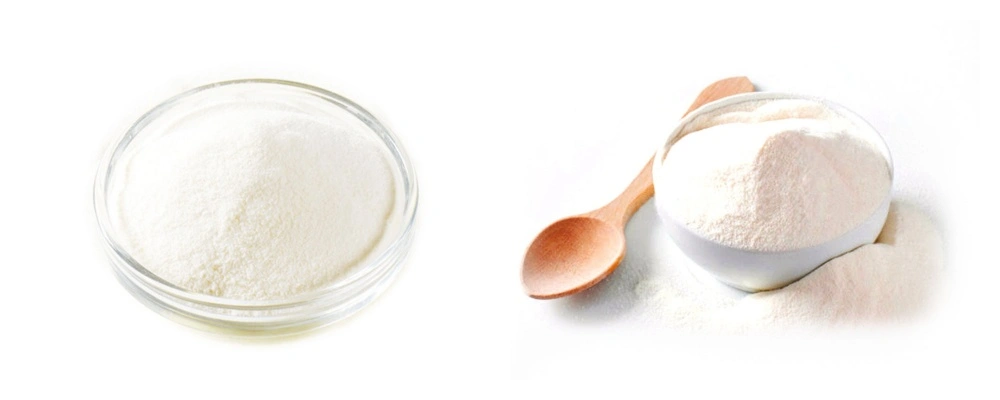
Extraction methods and purity considerations
Extracting yeast beta glucan is a complex process that requires precision and expertise. The goal is to isolate the beta glucan from other cell wall components while maintaining its structural integrity and bioactivity. Several methods have been developed over the years, each with its own advantages and challenges:
1. Alkaline Extraction: This method involves treating yeast cells with strong alkaline solutions, typically sodium hydroxide. The alkaline environment breaks down the cell wall, releasing the beta glucan. While effective, this process can potentially alter the structure of the beta glucan if not carefully controlled.
2. Enzymatic Extraction: This gentler approach uses specific enzymes to break down the yeast cell wall selectively. Enzymes like beta-glucanase and protease are employed to digest other cell wall components, leaving the beta glucan intact. This method often results in a purer product but can be more time-consuming and costly.
3. Acid Extraction: Similar to alkaline extraction, this method uses acidic solutions to break down the yeast cell wall. It's less commonly used due to potential degradation of the beta glucan structure.
4. Hot Water Extraction: This simple method involves boiling yeast cells in water to extract the beta glucan. While it's cost-effective, it may not yield as pure a product as other methods.
After extraction, the yeast beta glucan undergoes further purification steps to remove any remaining impurities. These may include filtration, centrifugation, and spray-drying to produce the final yeast beta glucan powder.
The purity of the extracted beta glucan is crucial for its effectiveness and safety. High-quality yeast beta glucan powder typically contains at least 70% beta-(1,3)-D-Glucan, with some premium products boasting purity levels of 85% or higher. The remaining components are usually other cell wall materials like proteins and lipids.
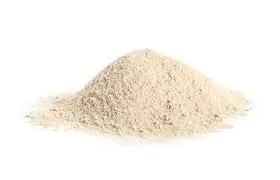
Certified sources ensuring quality and safety
As with any dietary supplement, the quality and safety of yeast beta glucan powder are paramount. Reputable manufacturers adhere to strict quality control measures and often seek third-party certifications to validate their products' purity and potency.
Some key certifications and standards to look for include:
1. GMP Certification: Good Manufacturing Practice ensures that products are consistently produced and controlled according to quality standards.
2. FDA Registration: While the FDA doesn't approve dietary supplements, manufacturers can register their facilities, demonstrating compliance with FDA regulations.
3. ISO Certification: International Organization for Standardization certifications, such as ISO 9001, indicate adherence to quality management systems.
4. Kosher and Halal Certifications: These religious certifications ensure the product meets specific dietary laws.
5. Non-GMO Verification: This certifies that the yeast used in production is not genetically modified.
When selecting a yeast beta glucan powder, it's crucial to choose a product from a reputable source that provides transparent information about their extraction methods, purity levels, and quality control measures. This ensures you're getting a safe, high-quality product that can deliver the intended health benefits.

Yeast Beta Glucan Powder Supplier: Rebecca Bio-Tech
For those seeking a reliable source of high-quality yeast dextran, look no further than Rebecca Bio-Tech. As specialists in plant extracts and herbal active ingredient separation, we offer premium yeast beta glucan powder with a purity of ≥70%, certified as food grade and cosmetic grade.
Our Beta-(1,3)-D-Glucan, with the active ingredient Beta-1,3-1,6 Glucan, is meticulously produced to meet the highest standards. It comes in an off-white to yellowish powder form, with a mesh size of 80 for optimal consistency. We use advanced HPLC testing methods to ensure the quality and potency of our product.
At Rebecca Bio-Tech, we understand the importance of quality and safety in dietary supplements. That's why we've invested in state-of-the-art production facilities and rigorous quality control processes. Our commitment to excellence has made us a trusted supplier for pharmaceutical, health product, beverage, and cosmetic industries worldwide.
contact us at information@sxrebecca.com for more information or to place an order. Let Rebecca Bio-Tech be your partner in bringing high-quality, natural herbal extracts to your customers.
FAQ
Q1: What is the difference between yeast beta glucan and other types of beta glucan?
A: Yeast beta glucan, specifically derived from Saccharomyces cerevisiae, has a unique molecular structure (beta-1,3/1,6 linkages) that makes it particularly effective in stimulating the immune system. Other sources of beta glucan, such as oats or mushrooms, have different molecular structures and may not have the same potent immune-modulating effects.
Q2: Is yeast beta glucan safe for people with yeast allergies?
A: While yeast beta glucan is derived from yeast, the extraction and purification process typically removes all potential allergens. Most people with yeast allergies can safely consume yeast beta glucan supplements. However, it's always best to consult with a healthcare professional before starting any new supplement regimen, especially if you have known allergies.
Q3: How is the purity of yeast beta glucan determined?
A: The purity of yeast beta glucan is typically determined using high-performance liquid chromatography (HPLC). This advanced analytical technique can accurately measure the concentration of beta glucan in a sample. Reputable manufacturers, like Rebecca Bio-Tech, use HPLC to ensure their yeast beta glucan powder meets or exceeds the stated purity levels.
References
- Zhu, F., Du, B., & Xu, B. (2016). A critical review on production and industrial applications of beta-glucans. Food Hydrocolloids, 52, 275-288.
- Vetvicka, V., & Vetvickova, J. (2007). Physiological effects of different types of β-glucan. Biomedical Papers, 151(2), 225-231.
- Vannucci, L., Krizan, J., Sima, P., Stakheev, D., Caja, F., Rajsiglova, L., ... & Saieh, M. (2013). Immunostimulatory properties and antitumor activities of glucans. International Journal of Oncology, 43(2), 357-364.
- Samuelsen, A. B., Schrezenmeir, J., & Knutsen, S. H. (2014). Effects of orally administered yeast-derived beta-glucans: a review. Molecular Nutrition & Food Research, 58(1), 183-193.
- Rahar, S., Swami, G., Nagpal, N., Nagpal, M. A., & Singh, G. S. (2011). Preparation, characterization, and biological properties of β-glucans. Journal of Advanced Pharmaceutical Technology & Research, 2(2), 94.

